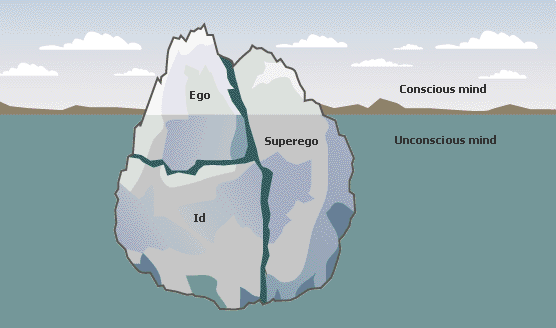


Furthermore, Sigmund Freud elaborated on his theory of psychoanalysis by coining the conscious and unconscious divisions of the mind. This would ultimately be the foundation for which the subconscious mind is centered around. In essence, “ Freud believed that people could be cured by making conscious their unconscious thoughts and motivations, thus gaining insight” according to psychology teaching assistant and published researcher, Saul McLeod.

Psychoanalysis is essentially centered around the notions of the subconscious as well as its respective therapeutic methods. Specifically, Freud idolized the subconscious mind by creating the theory of psychoanalysis. The notion of the subconscious mind was famously brought to the world’s attention by the Austrian psychologist known as Sigmund Freud. Conclusively, the interference with one’s unconscious mind can ultimately end up having beneficial or detrimental effects on your mentality. In contrast, altering the subconscious can also be detrimental to one’s mental health if not correctly approached since an abrupt unraveling of repressed memories can potentially stimulate subconscious turmoil and ultimately provoke traumatic symptoms.
#PSYCHOANALYSIS ICEBERG HOW TO#
Nevertheless, learning how to properly stimulate the connections between the conscious and unconscious minds is integral to altering one’s mental framework to his or her advantage according to human resources specialist, Gil Mayer. It is ultimately the “shadow” of our conscious mind and is theoretically suggested to harbor our primitive desires and repressed memories. Essentially, the subconscious mind is the counterpart of our mentality that withholds information of which we are unaware of. The alteration of one’s subconscious mind can potentially influence the success or downfall of one’s own mental health. The Couples Iceberg can be used with couples to help couples gain insight into issues affecting their relationship and it can also be used to specify their goals for treatment.An Image depicting the cryptic notion of the subconscious mind. Below the surface, the couple can list how they want to feel, think and believe about their relationship, at the end of therapy. On the surface of the iceberg the couple can list how they will act towards each other, at the end of therapy. The Couples Iceberg could also be used to have couples clarify their goals for counseling. Helping both people complete The Couples Iceberg can help them think about their behavior and communication in a different way.

Below the surface feelings, past hurt, past communication, unspoken needs or family of origin issues could be listed. Below the surface are factors that influence or drive the behavior. For example, conflict or arguments or silent treatment is on the surface. On the surface of the iceberg, behavior in the relationship is listed. This iceberg can be used to help couples think about their behavior and communication with each other. The final iceberg is The Couples Iceberg. The Hidden Messages Iceberg could be used in a variety of ways to make hidden messages explicit. For example, if a couple is having trouble with their communication, this iceberg can help them think about hidden messages in their communication. Another way to use this type of iceberg is to help clients gain insight into their own communication with others. For example, on the surface is communication like, “go play with the other children.” The hidden messages are “introduce yourself to everyone, be nice, play with everyone, don’t get dirty, etc.” This is a concrete way to help children on the spectrum think about social expectations and social cues. This type of iceberg could also work with children on the spectrum who are having trouble with social cues. Below the surface are hidden messages like “you will leave me, too” “you are out of control, just like him” “you won’t amount to anything.” This type of iceberg can help children and adults gain insight into hidden messages or beliefs passed down from parents. For example, a divorced mom says “You’re just like your dad!”” to her son which is above the surface. Below the surface are hidden messages or hidden meanings that are often communicated in relationships. On the surface are spoken words, such as communication in relationships. The second way to use an iceberg is The Hidden Messages Iceberg.


 0 kommentar(er)
0 kommentar(er)
